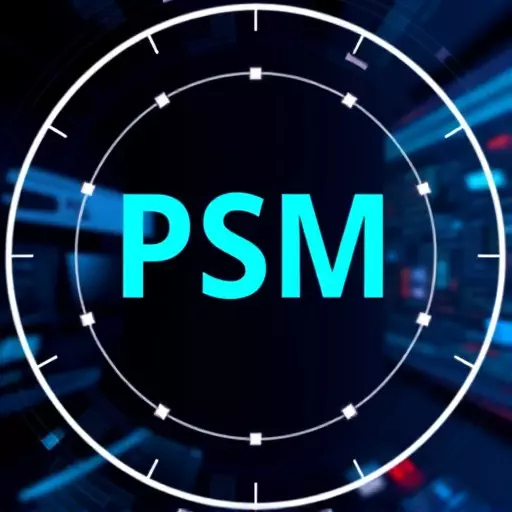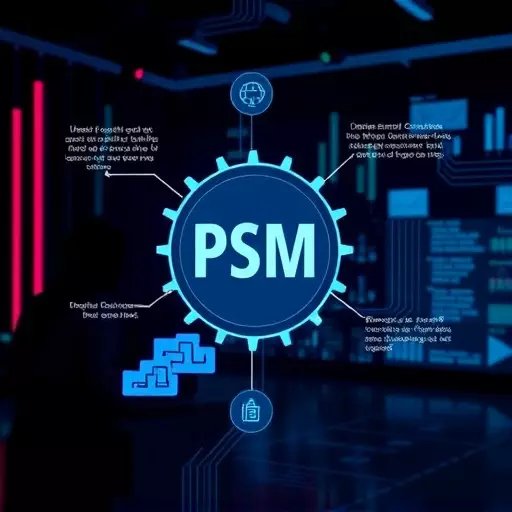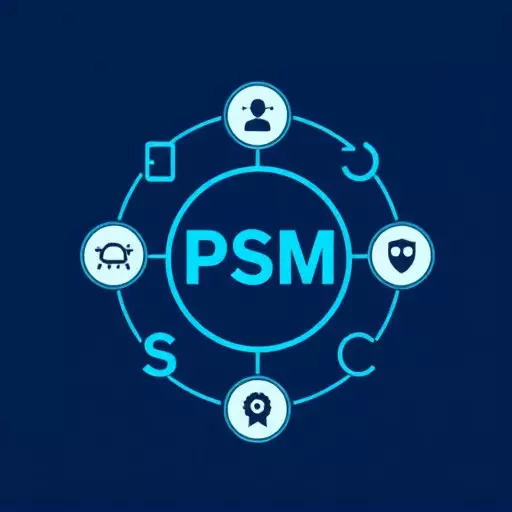PSM (Process Safety Management) Compliance Audit Services utilize a strategic, structured approach to ensure product safety and adherence to industry regulations. The process begins with a PSM gap analysis, where experts assess current practices, collect data, and interview personnel against established guidelines. This identifies strengths and gaps, allowing businesses to mitigate risks and improve product safety. Effective audits involve planning, data collection, gap analysis, and reporting, aligning with PSM framework requirements. Integrating PSM gap analysis tools into audit software streamlines the process, conserves resources, and promotes continuous improvement in process safety management.
In today’s regulated landscape, understanding and navigating PSM (Product Safety Management) compliance is paramount. This article delves into the intricacies of PSM compliance audit services, offering a comprehensive overview for businesses aiming to ensure adherence. We explore the methodology behind effective PSM audits, highlighting best practices. Additionally, we introduce PSM gap analysis tools that unlock efficiency by identifying areas for improvement. By embracing these strategies and software solutions, organizations can streamline their PSM compliance journey.
- Understanding PSM Compliance Audit Services: A Comprehensive Overview
- The Methodology Behind Effective PSM Compliance Audits
- Unlocking Efficiency with PSM Gap Analysis Tools
- Best Practices for Utilizing Compliance Audit Software in PSM
Understanding PSM Compliance Audit Services: A Comprehensive Overview

PSM (Product Safety Management) Compliance Audit Services are designed to help organizations ensure their products meet safety standards and regulations. These services involve a systematic review of an entity’s PSM processes, procedures, and documentation to identify any gaps or non-conformities. A thorough understanding of the PSM compliance audit methodology is crucial for businesses aiming to maintain and enhance their product safety programs.
The process typically begins with a gap analysis, where experts evaluate the organization’s current practices against established PSM guidelines. This involves detailed inspections, data collection, and interviews with key personnel. The audit team identifies areas where the company excels and pinpoints specific gaps or improvements needed. By employing this strategic approach, businesses can address potential risks, ensure product safety, and remain compliant with industry regulations.
The Methodology Behind Effective PSM Compliance Audits

Effective PSM (Product Safety Management) compliance audits rely on a structured and holistic approach to ensure thoroughness and accuracy. The methodology behind these audits involves several key steps, including planning, data collection, gap analysis, and reporting. Firstly, audit teams must meticulously plan the scope and objectives, aligning them with the specific requirements of the PSM framework. This involves understanding the organization’s processes, products, and potential risks. Data collection is a critical phase where various sources, such as documentation reviews, interviews with stakeholders, and observation of procedures, are utilized to gather relevant information.
Once the data is compiled, a comprehensive gap analysis is conducted. Here, auditors identify areas where the organization’s practices deviate from the established PSM standards. This analysis provides insights into potential gaps and risks, enabling targeted improvements. The audit report, detailing findings and recommendations, serves as a crucial tool for driving corrective actions and enhancing overall compliance. By following this structured methodology, PSM compliance audit services ensure that organizations not only meet but exceed safety standards, fostering a culture of continuous improvement.
Unlocking Efficiency with PSM Gap Analysis Tools

PSM (Process Safety Management) gap analysis tools are revolutionizing compliance audit services by offering a systematic approach to evaluate and improve process safety. These advanced tools integrate with PSM compliance audit methodologies, providing a comprehensive view of an organization’s safety management system. By identifying gaps between current practices and established standards, these tools act as a navigation map for enhancing overall process safety.
With PSM gap analysis, organizations can efficiently pinpoint areas requiring attention, ensuring a more targeted and effective compliance audit process. This strategic approach not only saves time but also resources by focusing on critical aspects of PSM implementation. Ultimately, it fosters a culture of continuous improvement, enabling businesses to stay ahead in maintaining robust process safety standards.
Best Practices for Utilizing Compliance Audit Software in PSM

When implementing PSM (Process Safety Management) compliance audit software, organizations should follow best practices to ensure maximum effectiveness and efficiency. Firstly, adopt a structured compliance audit methodology tailored to PSM standards and regulations. This involves defining clear objectives, scope, and criteria for the audit process. Integrating gap analysis techniques into the software allows for comprehensive identification of discrepancies between current processes and required safety standards.
Additionally, training staff on the proper use of the tools is vital. Users should be equipped with knowledge of PSM principles to interpret results accurately and make informed decisions. Regular updates and maintenance of the audit software are also essential, reflecting evolving industry regulations and best practices in PSM compliance auditing.


